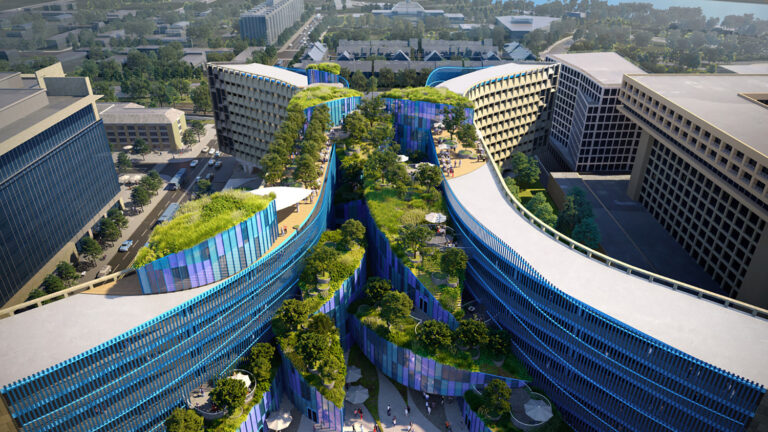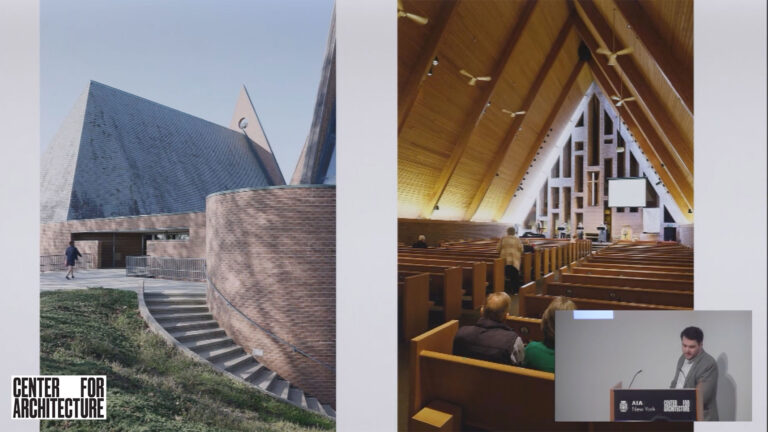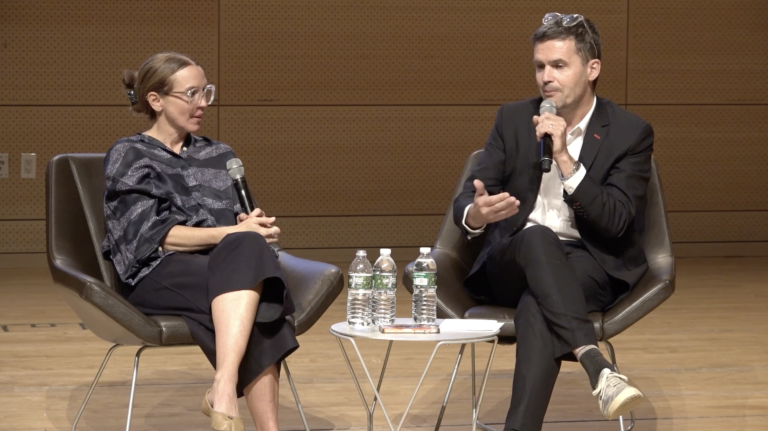The Mid-Hudson Valley has won a hard-fought battle to conserve the distinctly rural character and remarkably historic architecture of its countryside, villages, and small communities. New homes, farms, and work studios are carefully woven into the landscape under the watchful eye of regional planning boards, historic review boards, and environmental protection agencies. In order to realize commissions, residential designers whose practices are located within the region, or in nearby citie such as New York City, Albany, or Boston, must become experts in navigating conservation requirements and become familiar with the state-of-the-art language of rural and historic conservation.
What is the state-of-the-art design language of rural and historic conservation? Why do clients choose to purchase land to create a home, farm, or work studio in the distinctly rural communities of the Mid-Hudson Valley? How do the environmental protection, historic preservation, and land conservation regulations impact their aspirations? What design trends, technical innovations, and planning tools seem ideally suited to a rural region? What are the cross-overs in urban residential architecture and rural residential architecture? What are the challenges in designing homes for property owners that have relocated from urban areas to rural neighborhoods? What are the NIMBY concerns that arise and need to be addressed when developing new projects in communities that are resistant to change?
These and questions about the most current issues that are impacting the Mid-Hudson Valley will be addressed by the panelists in one-on-one conversations with their clients as they present designs they completed for them.
Organized by
AIANY Custom Residential Architects Network (CRAN)
Peggy Anderson, Founder, Peggy Anderson Associates
Stephanie Bassler, RA, CPHC, Principal, North River Architecture
Neil Pelone, AIA, Founder and Principal, Pelone Bailey Architects
Marica McKeel, AIA, Founder and Principal, Studio MM Architect
Guest Interviewer:
Sherry Jo Williams, Designer, Curator, and Journalist



